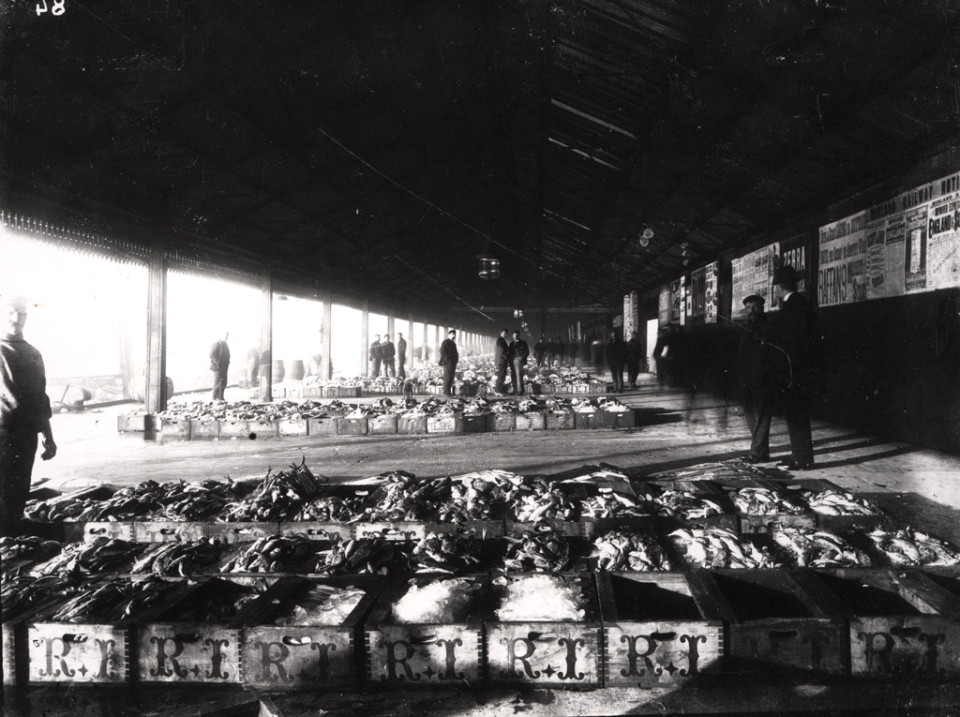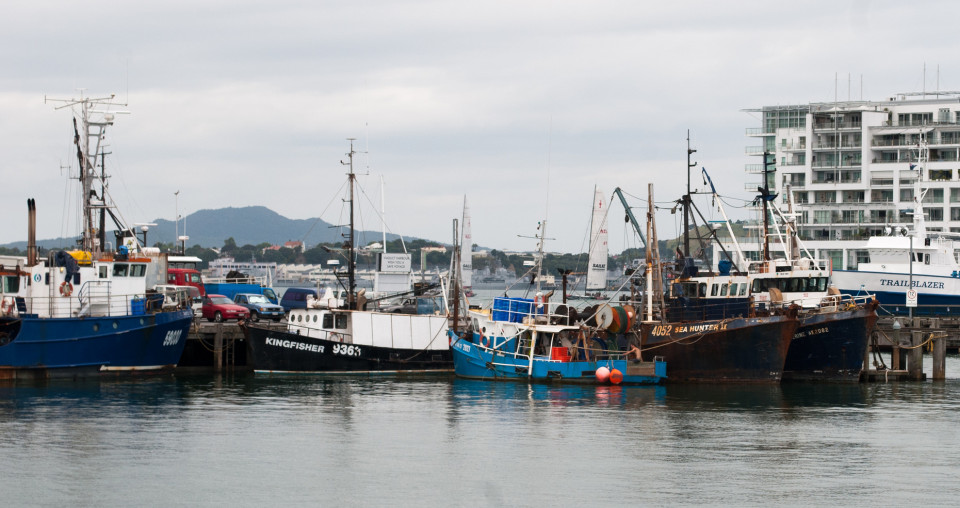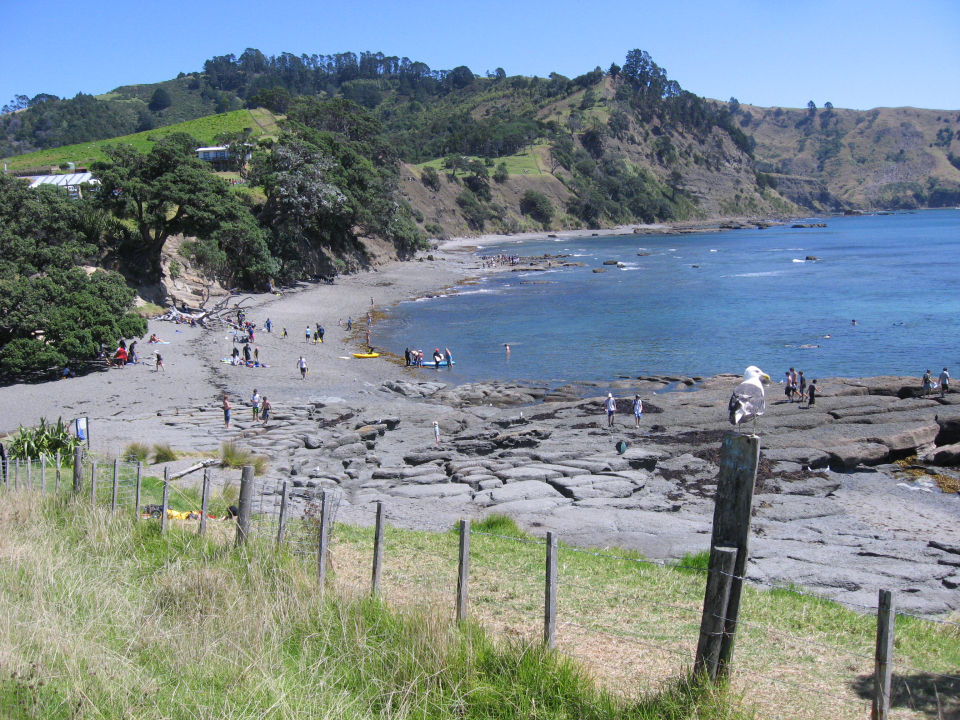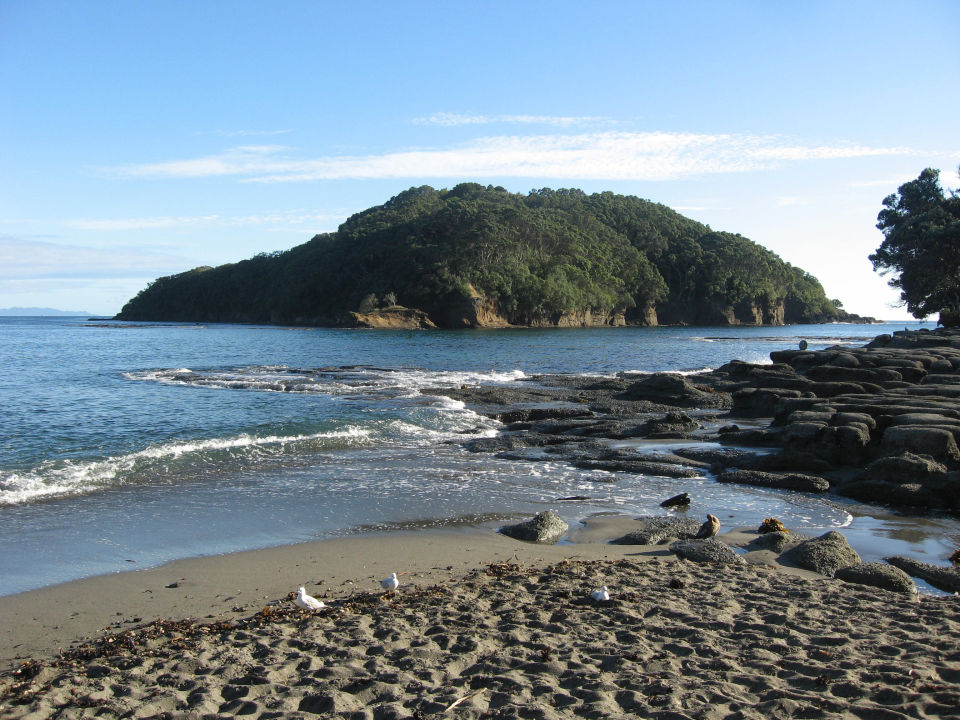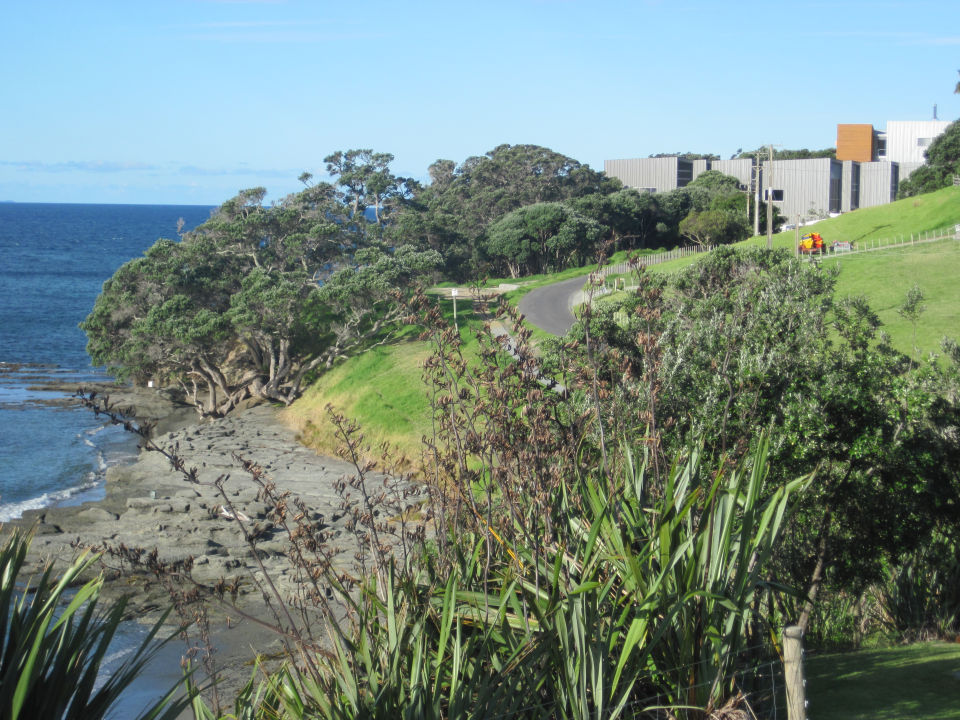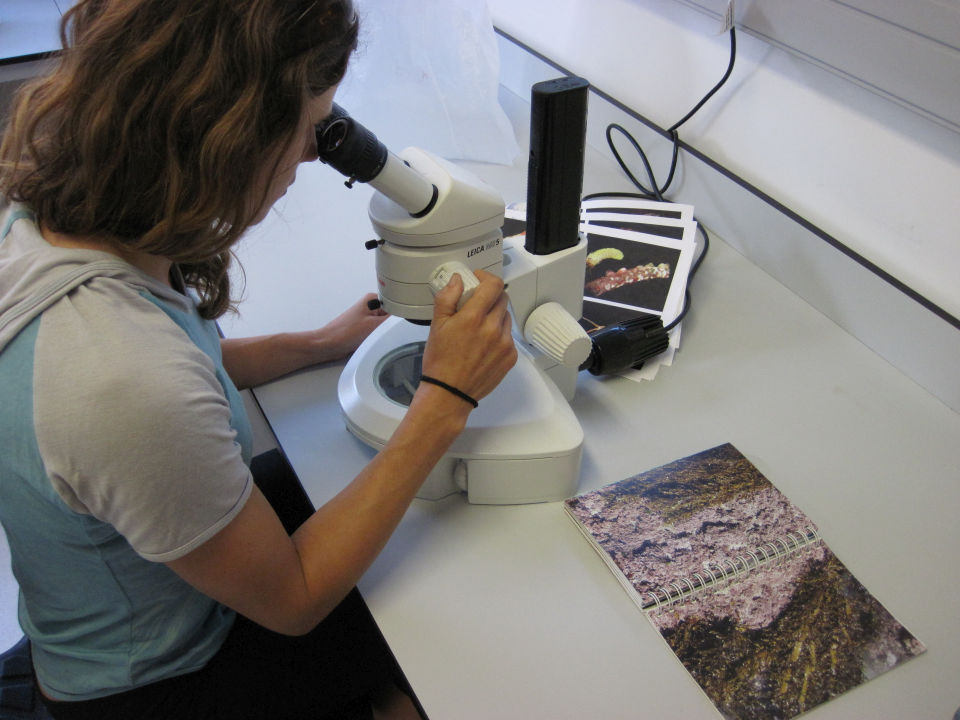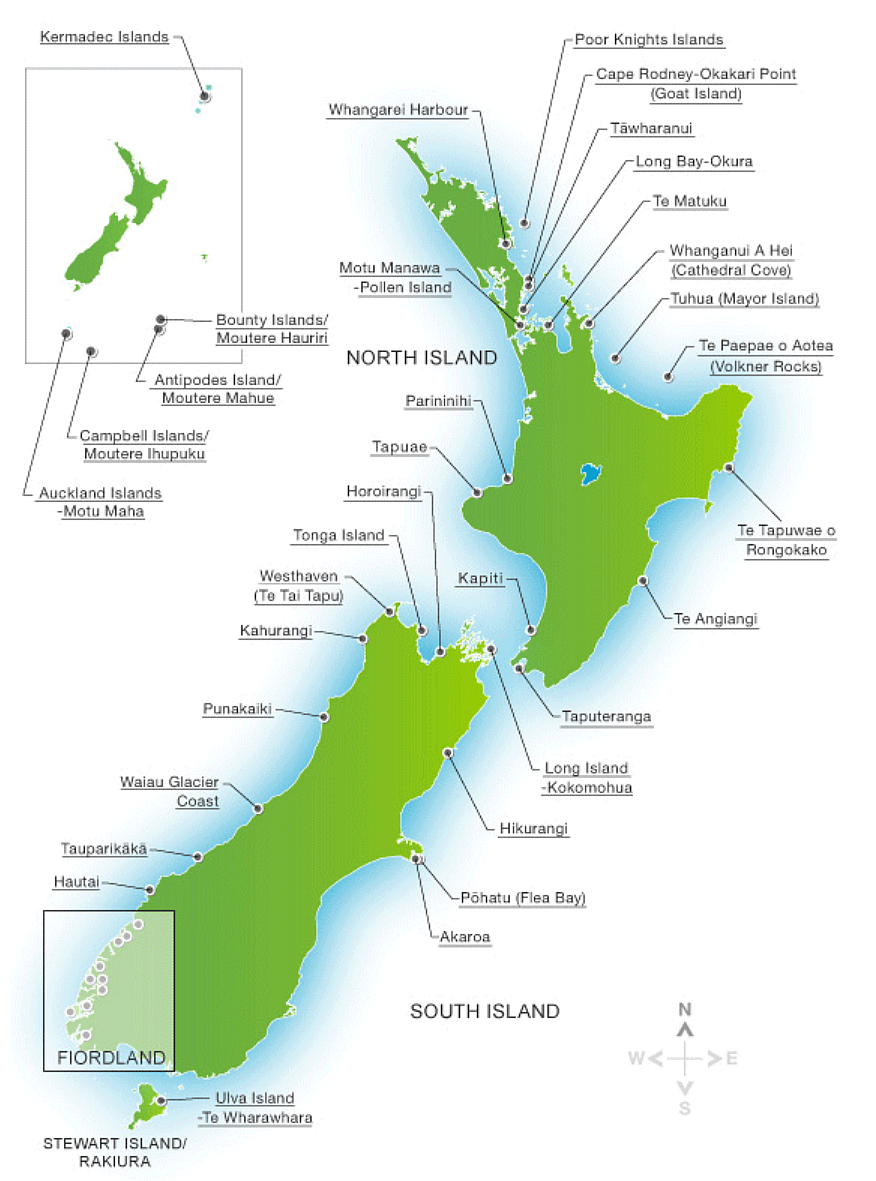What are values?
Values are like strong beliefs. They are important to people. Everyone has slightly different values.
DOC’s big picture values include: manaaki, mauri, tapu and mana.
- Manaaki means to look after and to care for.
- Mauri is a life force or energy which connects everything.
- Tapu is about sacredness and restrictions.
- Mana means respect, power, authority, and relates to dignity.
These values all play a part in marine protection.
- See: https://teara.govt.nz/en/te-ao-marama-the-natural-world/page-5.
- For information on DOC’s other big picture values, see: www.doc.govt.nz/what-is-conservation-education#big-picture.
Changing values to marine conservation in New Zealand
Most people today can see why marine reserves are good. But that wasn’t always so. Many New Zealanders have changed their thinking over time. From the 1840s to the 1930s, many people saw the ocean as a limitless source of food. They thought that human impacts on it could only ever be small.
Pressure on fishing stocks started to become clear in the 1930s. People had to go further to get an abundant catch.
By the 1970s the impact of over-fishing was starting to show. People began to think more about marine conservation. The introduction of laws and rules started to protect our fish stocks.
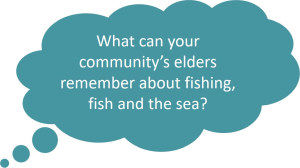
Today there are many who like the idea of a marine reserve network around New Zealand. People are beginning to understand our impact on the ocean and its creatures.
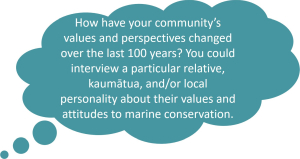
- For a more detailed description of marine conservation and changes over time, see: https://teara.govt.nz/en/ marine-conservation/print.
History of the first New Zealand marine reserve
Professor Chapman from the University of Auckland first suggested the idea of a marine reserve in 1965. He wanted an area for scientific study. The New Zealand Marine Department could see no reason to protect marine areas by law. They said no to the idea of a reserve.
Dr Bill Ballantine was a key person involved in the first no-take marine reserve at Leigh. This is the Cape Rodney-Okakari Point Marine Reserve, known as Goat Island. It took around 12 years and a lot of effort! The area became legally protected in 1977. It was not a popular idea with everyone at the time. Some recreational fishers don't like the idea of having a marine reserve in their local fishing areas. It is only now becoming clear how important these protected marine areas are.
Today there are a total of 44 no-take marine reserves in New Zealand (as at July 2017).
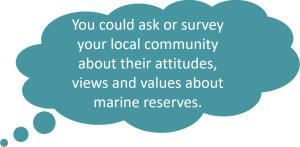
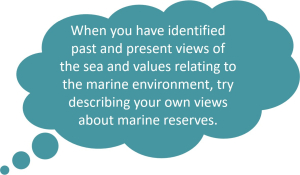
- Ready for a quiz? Try the Marine Reserves for Everyone activity.

